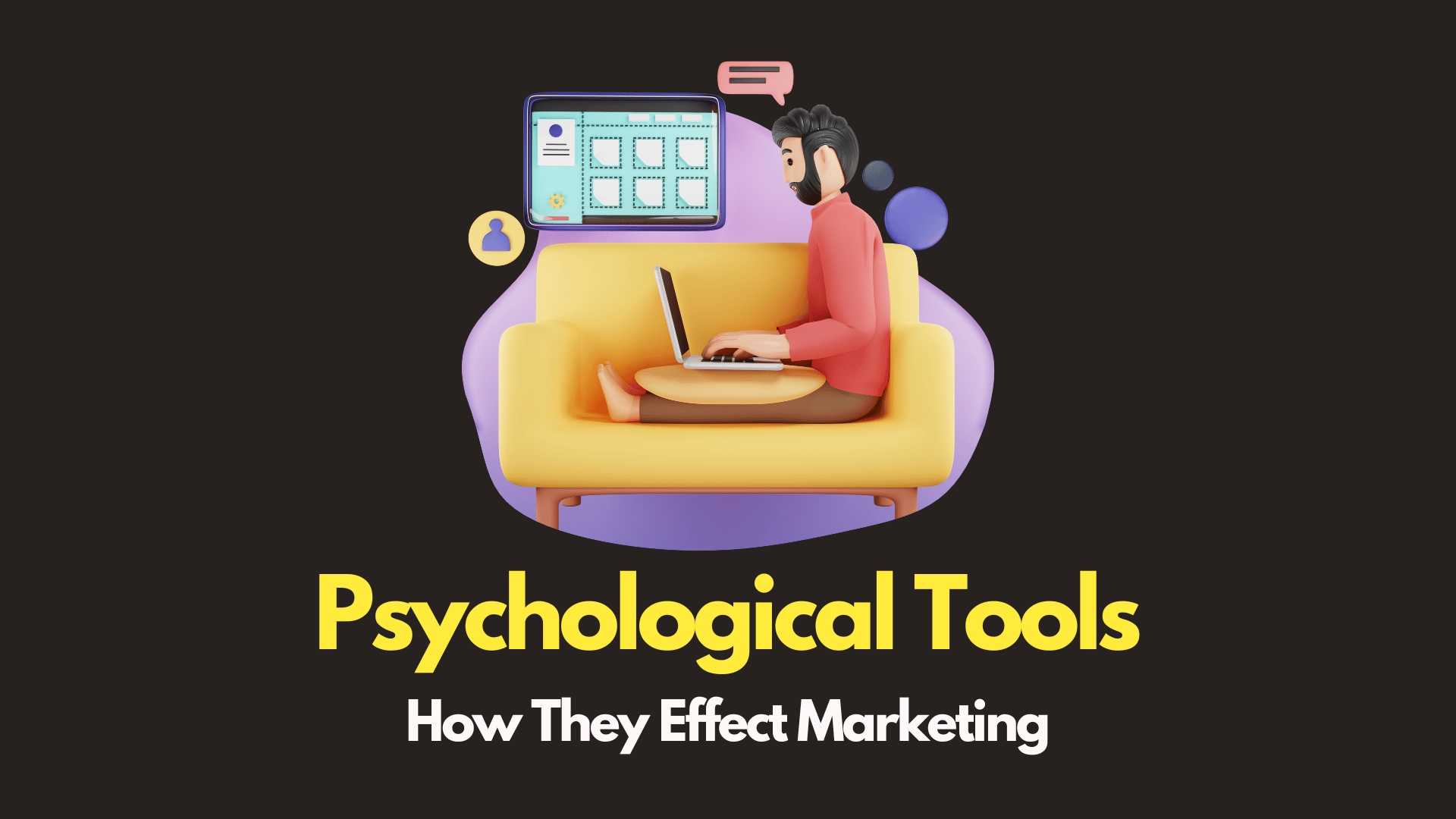Published
- 3 min read
Scarcity and Urgency: Psychological Tools in Marketing

Key Takeaways:
- Leverage Scarcity: Implement scarcity tactics to enhance product value and consumer purchase intentions.
- Create Urgency: Use urgency to prompt immediate action and increase conversions.
- Understand Consumer Behavior: Recognize how scarcity and urgency influence emotional and cognitive responses.
- Targeted Strategies: Tailor scarcity and urgency messages based on product type and consumer characteristics.
- Ethical Considerations: Use actual data for scarcity claims to avoid deceptive marketing practices.
In the competitive landscape of digital marketing, creating a sense of scarcity and urgency can be a game-changer for businesses looking to skyrocket their conversions. At Gufito.com, we understand the intricate dance between consumer psychology and marketing strategies. Let’s explore how using scarcity and urgency can significantly increase conversions in digital campaigns.
Scarcity: The Driving Force Behind Desirability
Scarcity marketing taps into the basic human instinct of wanting what is rare or in limited supply. By conveying that a product is scarce, marketers can enhance its perceived value and desirability, leading to a surge in purchase intentions. This tactic is particularly effective for products that signal social status or uniqueness, such as enduring luxuries or seasonal items.
To understand how scarcity can be ethically used in marketing strategies, consider exploring our insights on consumer behavior and subscription models, which highlight the importance of balancing consumer demand with exclusivity.
Urgency: The Catalyst for Immediate Action
Creating a sense of urgency encourages consumers to act quickly to take advantage of an offer before it expires. This can be achieved through time-sensitive promotions or limited-time discounts. Urgency often works hand-in-hand with scarcity, as the fear of missing out (FOMO) can compel consumers to make snap decisions.
For a deeper understanding of how urgency can be leveraged in your marketing efforts, delve into the psychological triggers of advertising discussed in our article on the power of psychological triggers in advertising.
The Impact of Scarcity and Urgency Across Product Types
The effectiveness of scarcity and urgency tactics can vary depending on the product type. For instance, time scarcity may have a more pronounced effect on impulsive buying for fast-moving consumer goods compared to high-involvement products like electronics.
Discover how different strategies can be applied to various business sectors by reading our post on 6 thriving and stumbling business sectors over the last 5 years.
The Role of Emotions in Scarcity and Urgency Marketing
Scarcity and urgency not only affect the cognitive assessment of a product’s value but also trigger emotional responses that can lead to impulsive purchases. Shopping enjoyment, for instance, can mediate the relationship between scarcity marketing and impulsive buying behavior.
To further explore the intersection of emotions and consumer decisions, take a look at our comprehensive guide on the role of emotions in purchasing decisions.
Ethical Considerations in Scarcity and Urgency Marketing
While scarcity and urgency can be potent tools, it’s crucial to use them ethically. Misrepresenting product availability or creating false urgency can lead to consumer distrust and damage brand reputation. Marketers should ensure that scarcity cues are based on actual supply and demand data.
For insights into maintaining consumer trust, consider reading our article on trust in consumer decision-making.
Conclusion
Incorporating scarcity and urgency into digital marketing campaigns can significantly boost conversions by creating a compelling reason for consumers to act fast. By understanding the psychological underpinnings of these tactics and applying them judiciously, marketers can craft campaigns that not only drive sales but also build long-term customer relationships.